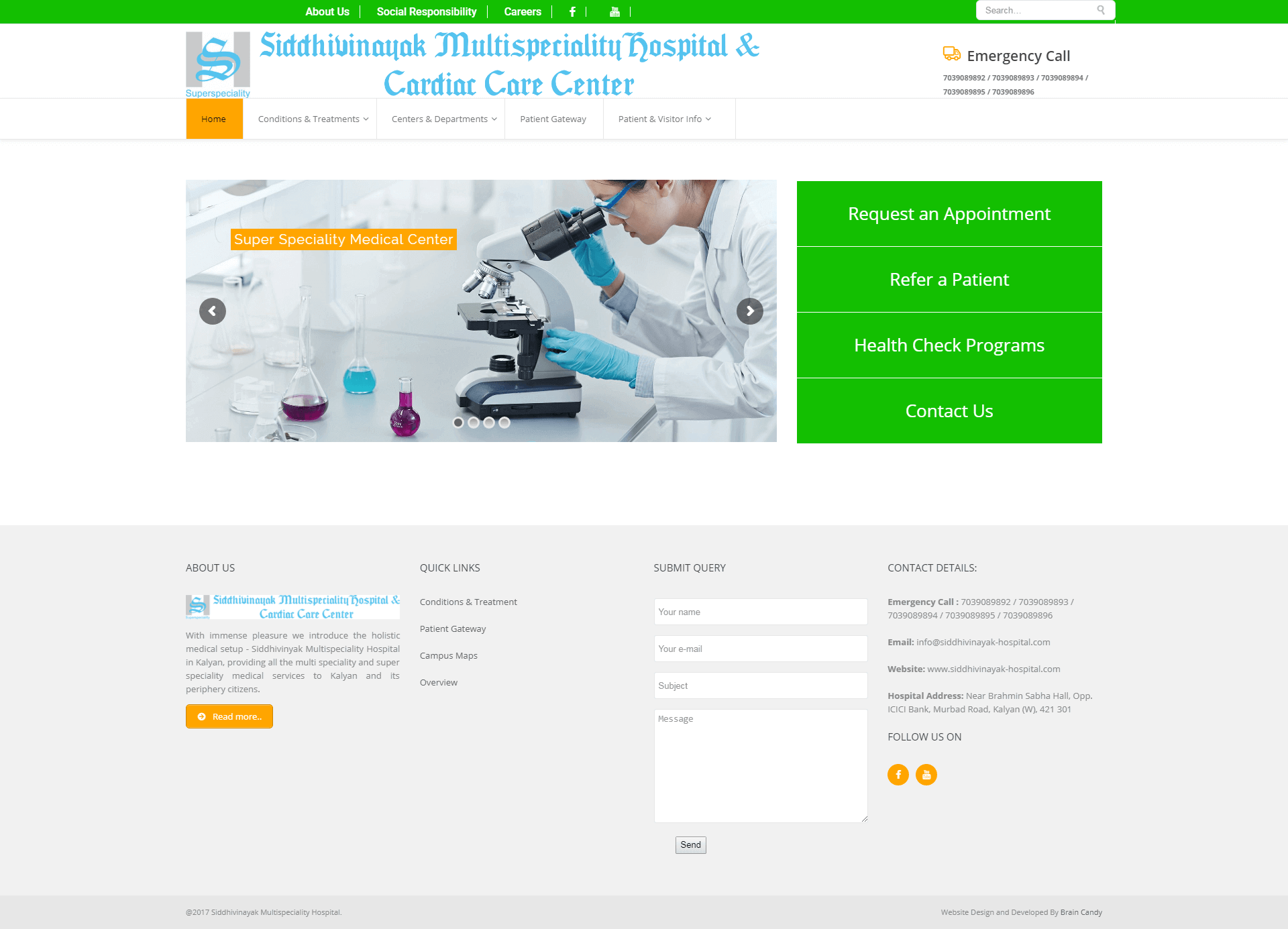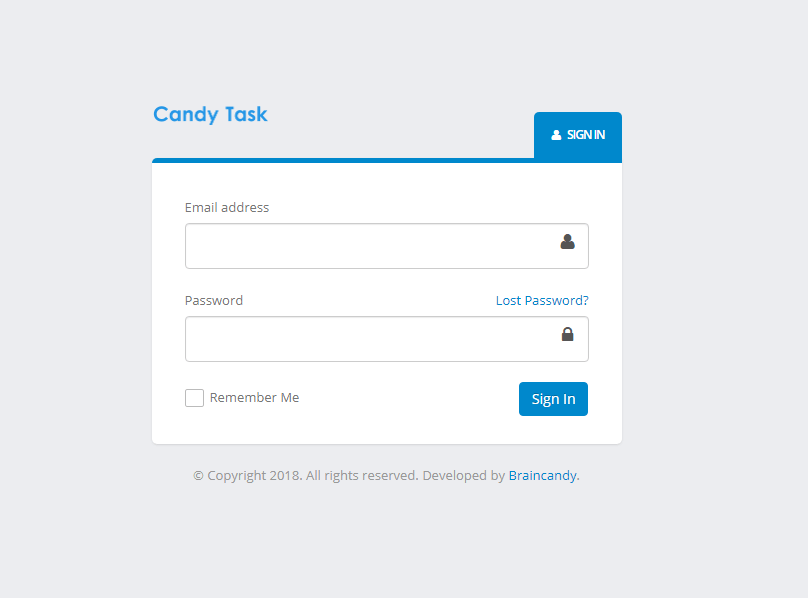- BY braincandy
- POSTED IN SEO
- WITH 0 COMMENTS
- PERMALINK
- STANDARD POST TYPE


Keyword research is the first step in the SEO writing process and an essential part of SEO strategy. Before writing any content for your website, you need to think about the keywords you want to be found for, which involves getting into people’s heads to find the words they use in their searches. Then you can use those exact terms in your content to start showing up in search results. If you opt for the best SEO company in Mumbai, then you need to below-mentioned information.
This is what keyword research is, and this article will walk you through the many steps to get there.
What is keyword research?
Before we start explaining the keyword research process, let’s look at the most critical concepts.
Keyword research can be defined as the work you do to develop a long list of keywords related to your industry that you want to rank for in the search engines.
Keywords are keywords that contain multiple words. We tend to use the keyword all the time, but that doesn’t necessarily mean there is only one word. Keywords are usually made up of several words! In this guide, we generally refer to a phrase rather than a single word when we talk about keywords.
Long-tail keywords happen to be more specific as well as less common as they focus more on this niche. The longer (and more specific) the search terms, the easier it will be to rank well on that term. When using more specific (and often longer) keywords, the term “long tail” is used.
The main keyword is the keyword, or keyphrase, that you most want your page to be found for. You must put this keyword in the title of your page and your advertising campaigns!
The research intends to find out what a user wants. These aren’t just keywords, but your target’s underlying goals wish to know, do, or buy.
Why is keyword research necessary?
Keyword research is essential because it helps identify search terms used by your audience.
Good keyword research ensures that you are using the same words as your target audience, which makes driving traffic to your website much more effective. Also, by looking at the search intent, you can determine what questions your customer is asking. These questions should then be answered in the form of quality SEO content on your site. In the case of eCommerce SEO, this is important.
How to find keywords?
There are four steps to good keyword research:
- First, you write down your business goals.
- Then you make a list of all the keywords in your industry.
- Then, you analyze your keywords to find search intentions.
- Finally, you create landing pages for each of these intents.
This ultimate guide takes you through these four steps in much more detail. Step by step, we’ll walk you through the keyword research process and give you practical tips on quickly starting your keyword research.
Step 1: What is your goal?
Before you start anything, think about your goals. Think about questions like, Who are you? What is your website about? What makes you unique? And what promises do you make to your customers?
Many people cannot answer these questions effectively at first. You need to understand what sets you apart from your competition.
Step 2: Make a list of keywords.
The second step in keyword research is to create a list of your keywords. With your goals in mind, try to get into the minds of your potential buyers. What are the people supposed to look for? What kind of search terms might they use when looking for your service or product? Ask yourself these questions and write down as many answers as you can.
Step 3: Look at the search intent
A big part of your SEO strategy today should focus on answering the questions people are asking. Every time someone enters a given query into a search engine, they are looking for something. Each type of question needs a specific answer. Search intent is why people are doing a particular search. Why are they looking? Are they looking because they have a question and want an answer? Are they looking for a specific website? Or are they looking because they want to buy something? These questions are relevant.
Step 4: Build landing pages.
The fourth step towards a long term keyword strategy is to create relevant landing pages.
In the past, each keyword you wanted to rank for had its own landing page. Today, however, search engines are so smart that they mainly use search intent to give internet users the best answer to their questions. The page that best answers these questions will rank at the top. Search engines also understand the subtle differences between keywords, so you no longer have to optimize singular and plural terms, for example. You can therefore optimize a page for several keywords.
Long term keyword strategy
No website should rely on a single keyword or keyword phrase for its qualified traffic.
You need to use your goals as a starting point, and then follow our four steps to do keyword research and work on a solid foundation. This section of our ultimate guide explains why having a long term keyword strategy is essential. The best SEO services company offers you the best choices there.
How many keywords?
We can’t tell you the exact number of keywords you should have, but we can tell you that you need many of them, as many as you can imagine, including all the related queries. However, going over 1000 keywords is probably a little too ambitious!
Alternative strategies
You would have done your keyword research in an ideal world, made a lovely table, and created landing pages for every word. Your site structure would be perfect, and you would blog and write every day, which will propel your site higher and higher in Google. Unfortunately, we live in the real world.
Last Word
Of course, your keyword research won’t always be complete. And some articles or posts won’t be written as part of a great strategy, but just because the topic was in the news or because something inspired you to write it at the moment. This is how things work, and it shouldn’t be a problem.












